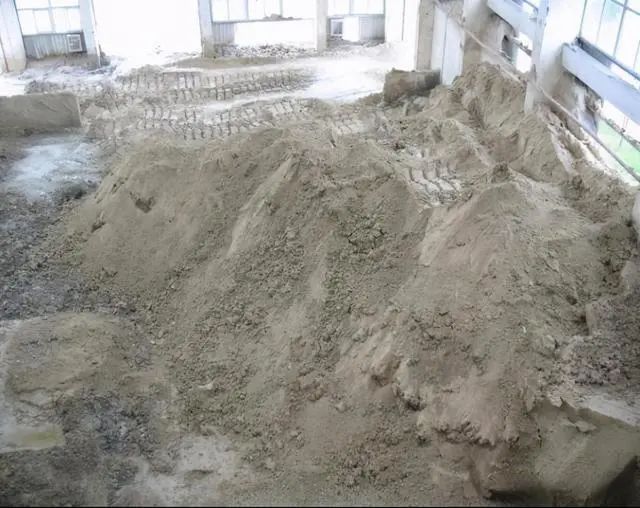The source and difference of desulfurization gypsum and phosphogypsum
Desulfurized gypsum and phosphogypsum are the two most used types of industrial by-product gypsum, and they are also the most common.

Desulfurization gypsum is a substance with calcium sulfate as the main component obtained by forced oxidation reaction after the countercurrent mass transfer of flue gas and desulfurizer slurry in the desulfurization reaction tower. Waste gas such as power plants must be desulfurized; the desulfurizer is a common limestone aqueous solution, which reacts with SO2 to produce calcium sulfate. The main impurities are unreacted CaCO3 and a small amount of unoxidized calcium sulfite; the composition of limestone raw materials is different Or different fineness, technical differences, etc. will directly affect the quality of desulfurization gypsum.
Before 2015, when the SO2 content of domestic power plants was qualified, desulfurization gypsum was the product of SO2 gas purification in the power plant; the 600,000-kilowatt power plant produced 100,000 tons of desulfurized gypsum per year; the sulfur content of coal combustion products was different, and CaCO3 The demand is also different. During normal production, the sulfur content of each batch of coal is rarely detected, and it is difficult to control the amount of sulfur released. The content of all CaCO3 and calcium sulfite will also be different; Instability of quality; in addition, the calcination process can also cause instability of gypsum.
Phosphogypsum is an industrial by-product discharged from the process of producing phosphoric acid by wet process. About 4t~5t of phosphogypsum is produced for every 1t of phosphoric acid produced, because phosphogypsum contains a lot of impurities, mainly fluoride and P2O5, and is strongly acidic, even The pH reaches about 2 and contains harmful elements. These impurities affect the performance of phosphogypsum after hydration and hardening. When using it, we must pay attention to the harmless treatment of its impurities. At present, China’s technology is in the upgrading stage, and we want to remove excess To remove impurities and harmful elements, first of all, cleaning, flotation and even recrystallization should be carried out to remove impurities, which will greatly increase the cost, and the treated wastewater is also difficult to treat; In the production of hemihydrate gypsum, the plastering gypsum made may cause harm to the human body, organisms and the surrounding environment, which is why the phosphogypsum stored for decades in Guizhou and other regions has not been used; Guizhou Phosphate Group produces about 900 With tons of phosphogypsum, how to deal with these industrial wastes has become a top priority in Guizhou. In Guizhou Province, 3 new building materials industrial parks of phosphogypsum are planned to be built, and more than 10 enterprises have been introduced for cooperation to develop and utilize phosphogypsum resources and provide In 2019, the Guizhou Provincial Department of Housing and Urban Construction compiled and released the first 5 construction methods specifically for phosphogypsum worker plastering and mechanical spray plastering of phosphogypsum to guide the application of phosphogypsum. At the same time, there are more phosphogypsum in Hubei and Sichuan; Guizhou and Sichuan, the key production areas of phosphogypsum, have implemented the rigid requirement of “determining production by use”; Hubei, Yunnan, Anhui and other provinces have also proposed to reduce the stock of phosphogypsum and improve the comprehensive utilization of phosphogypsum. Specific indicators and punishment measures for the level of phosphogypsum; long-term accumulation of phosphogypsum not only requires a large amount of capital investment for anti-seepage treatment, which brings extremely high economic pressure to enterprises and local governments, but also pollutes land and water resources.
The main difference between phosphogypsum and desulfurization gypsum: 1. Phosphogypsum has many impurities, strong acidity, radioactivity, and the strength is not as good as that of desulfurization gypsum; 2. Appearance: desulfurization gypsum is yellowish in color, khaki, and some have a smell of sulfur; phosphogypsum Gray, the phosphoric acid should not turn yellow in the later stage.
